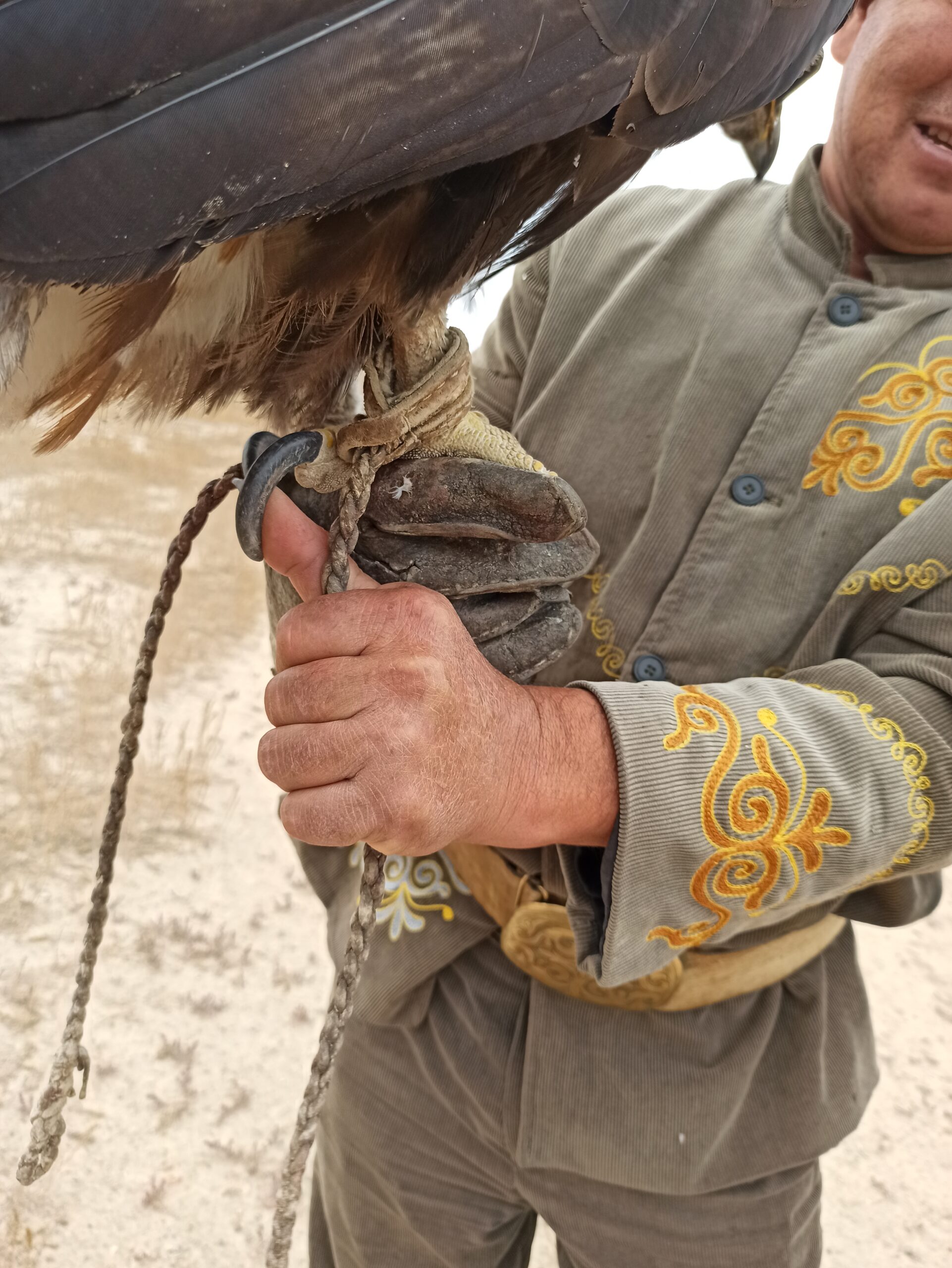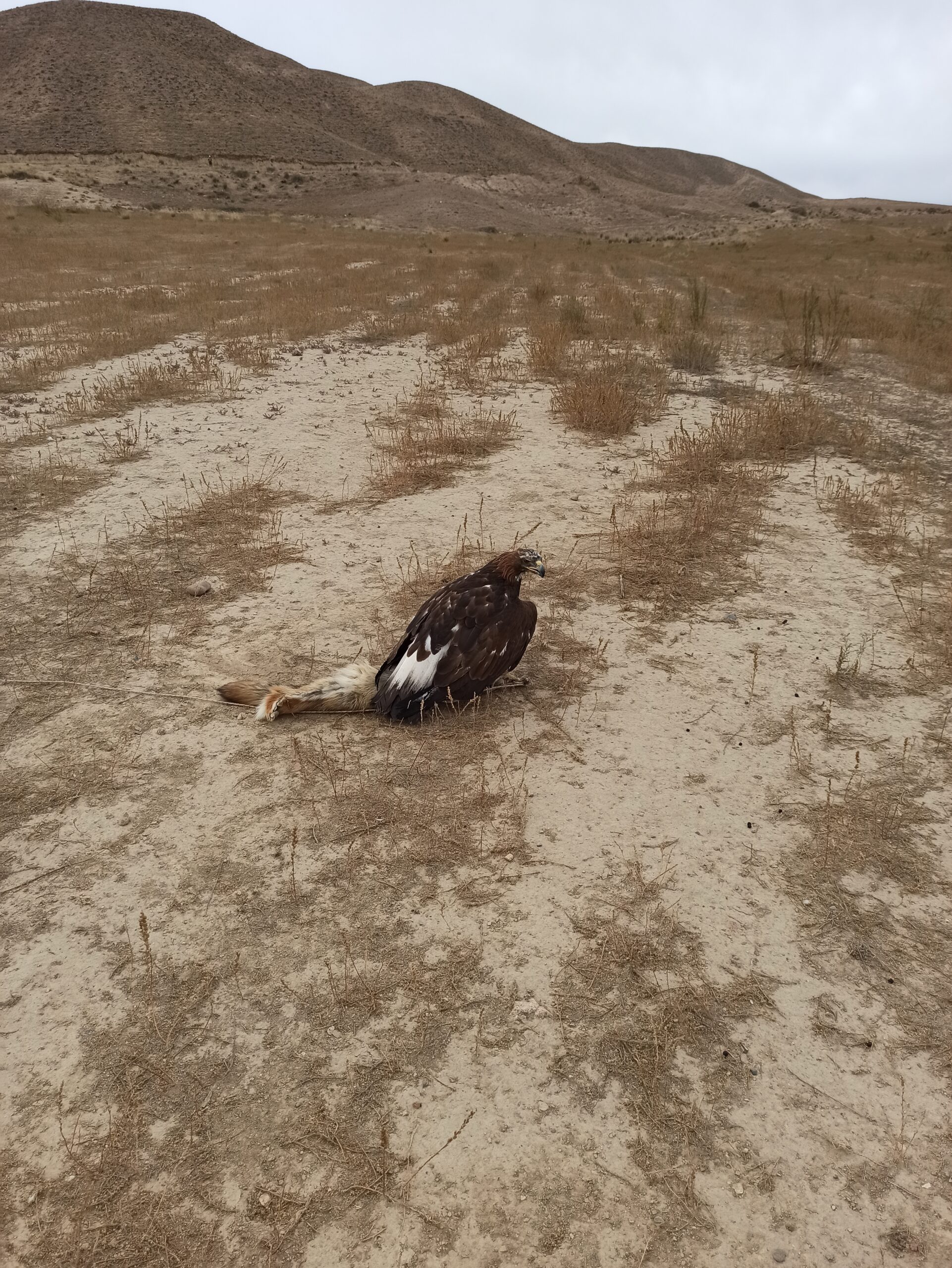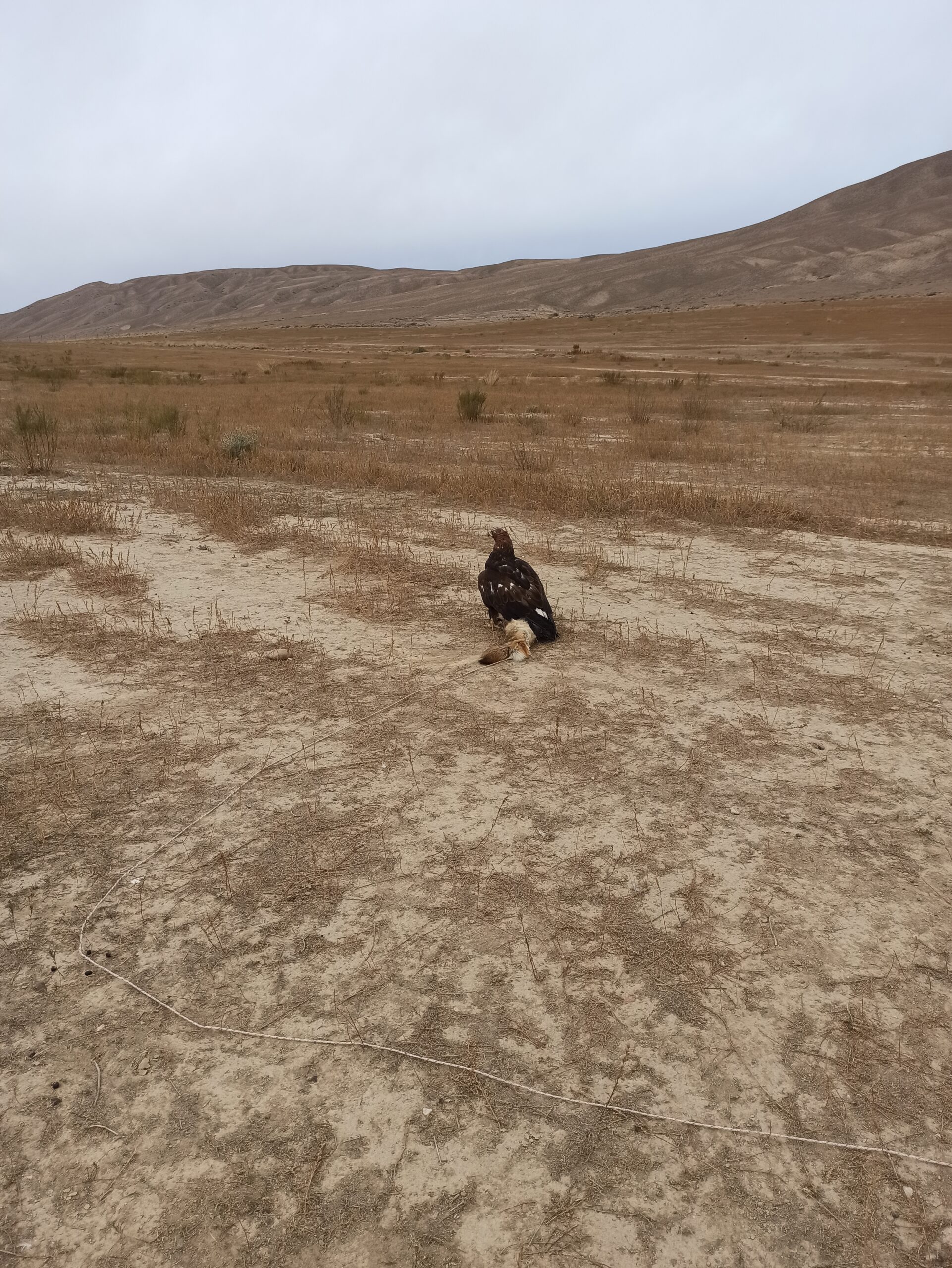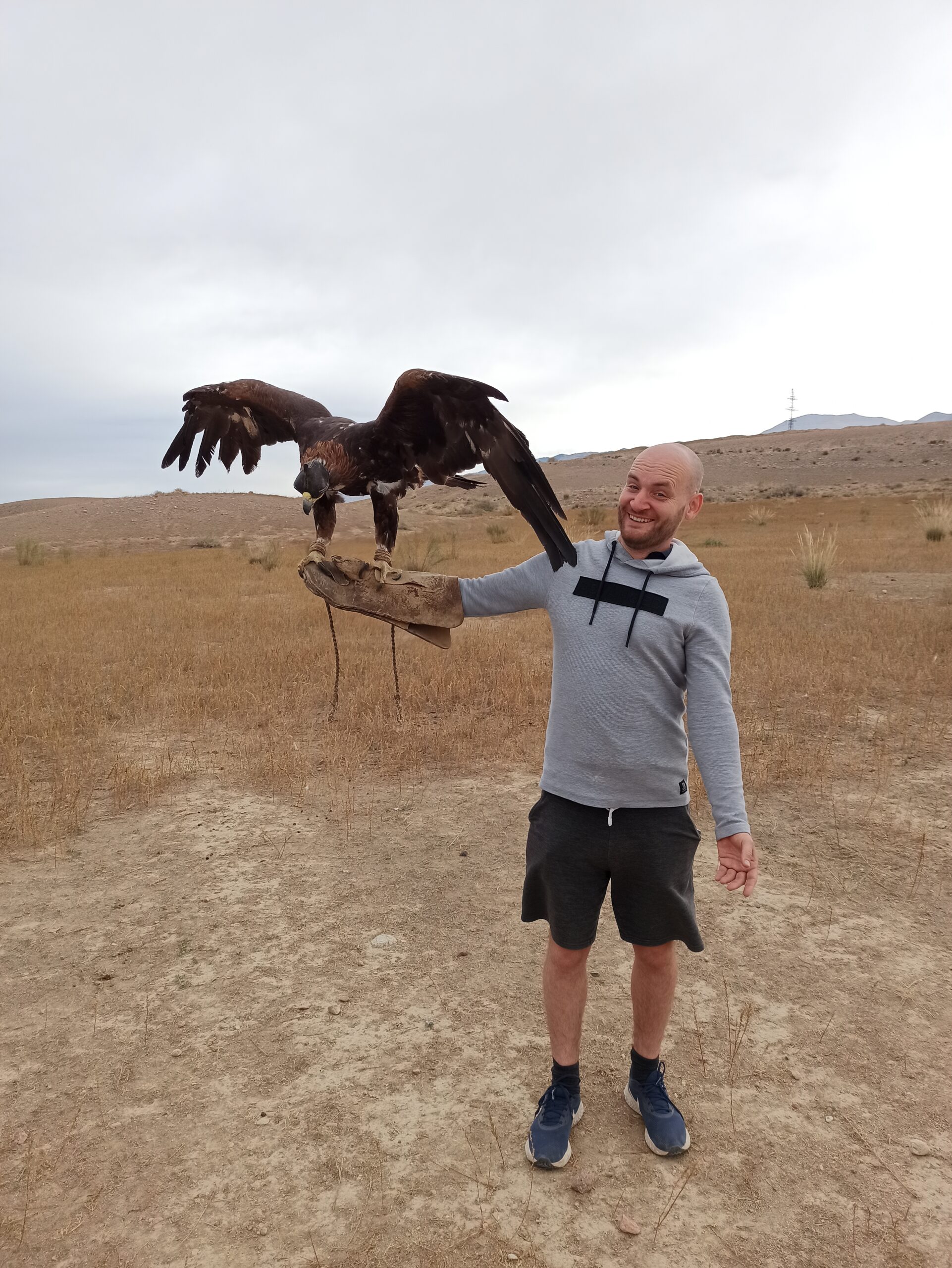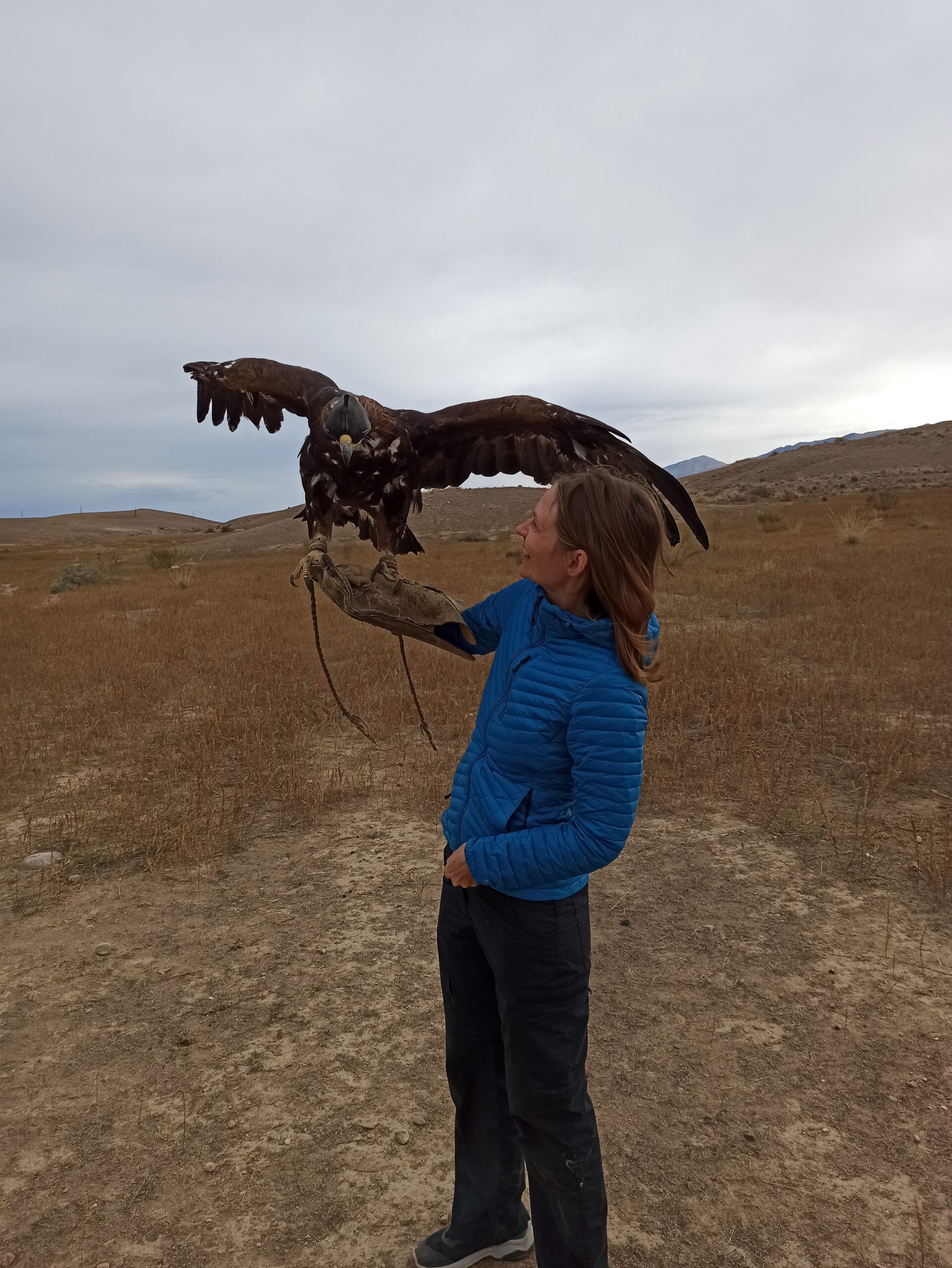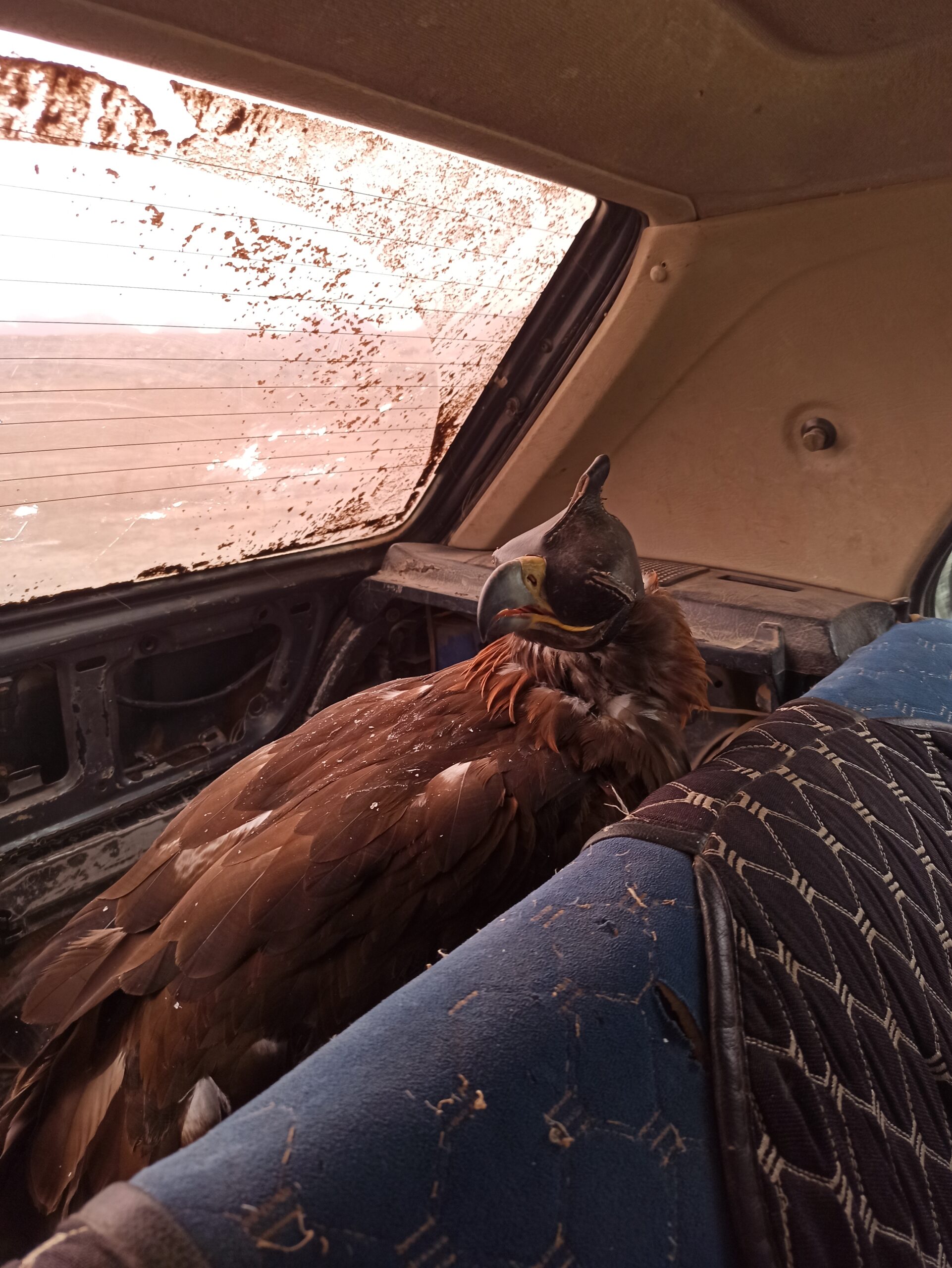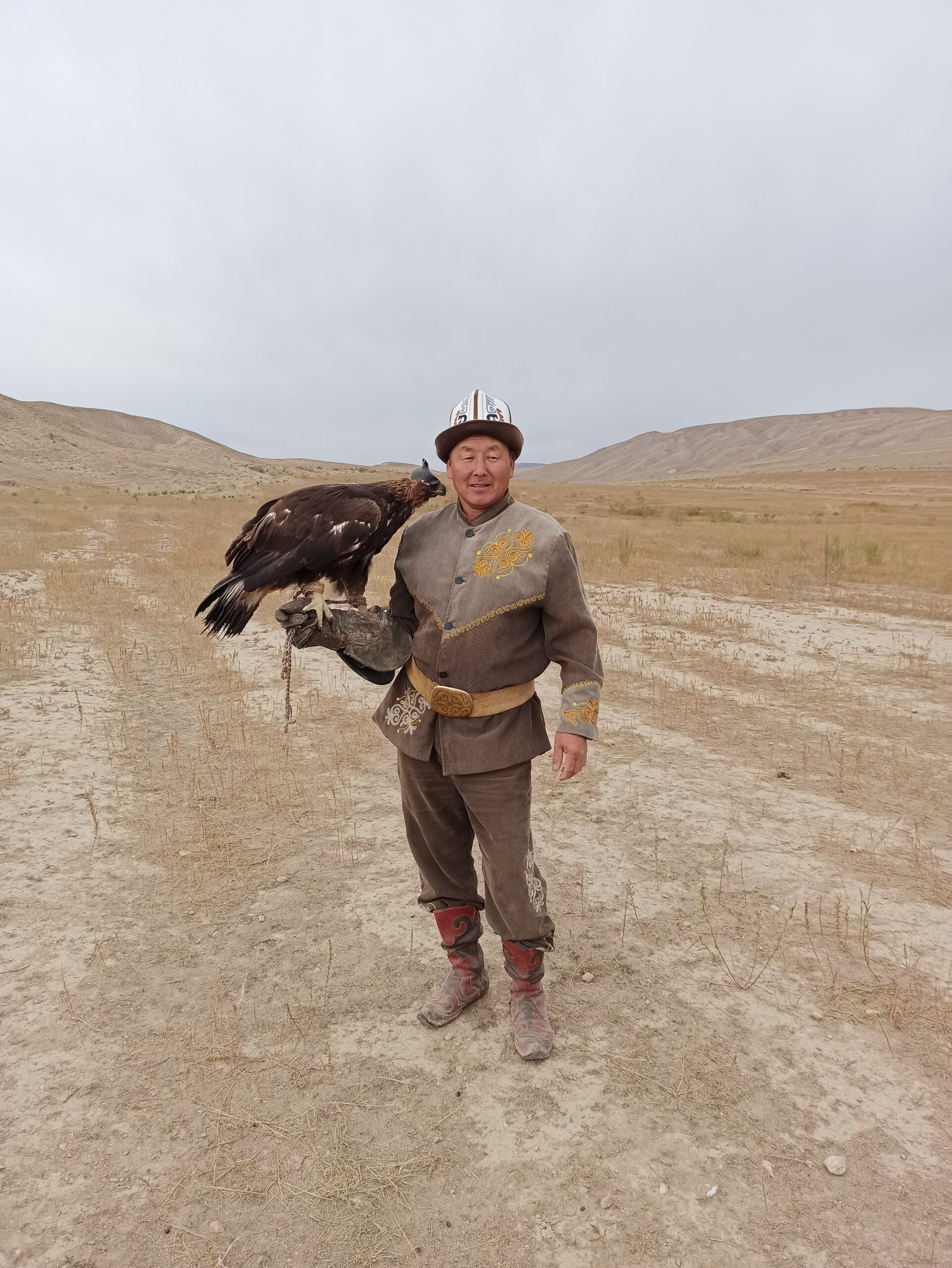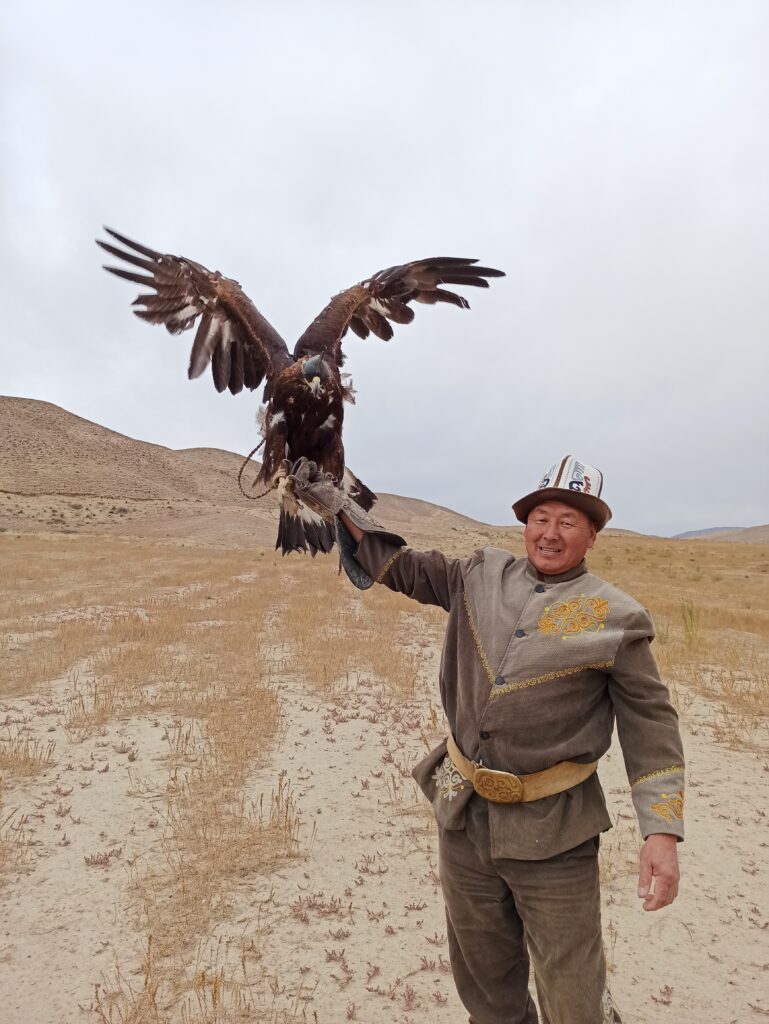The next stop for us was supposed to be Bishkek, the capital of Kyrgyzstan. To out utter surprise, we couldn’t get a room there. It was really lucky that I checked- usually, our preffered method of finding a place to stay is to check where the histels are, maybe choose one or two in advance and then just go there. Compared to booking in advance, it saves us some money, as the prices online are usually a few euros more than the prices quoted by the owners. Sometimes it’s as much as 5€ difference per person per night- that adds up.
Anyway, while searching for a prospective hostel in Bishkek I fiund- nothing. All the hostels on hostelworld.com were booked. Booking had some hotels left, but they were either far away from the city center, or cost at least 100$ a night, which is way belong what we wanted to pay. The regular price for decent, comfortable private rooms in guest houses has been 10$ per person per night, give or take a few dollars. Breakfast is usually included.
So, the first available rooms appeared in about 4 days. Unfortunately, the offer was for beds in 2 separate dorms. We took them, as we didn’t see any other good solution. We decided, after some debate, that we didn’t want to linger I’m Karakol any longer. Instead we went halfway to Bishkek, to a small town Bokonbajevo.
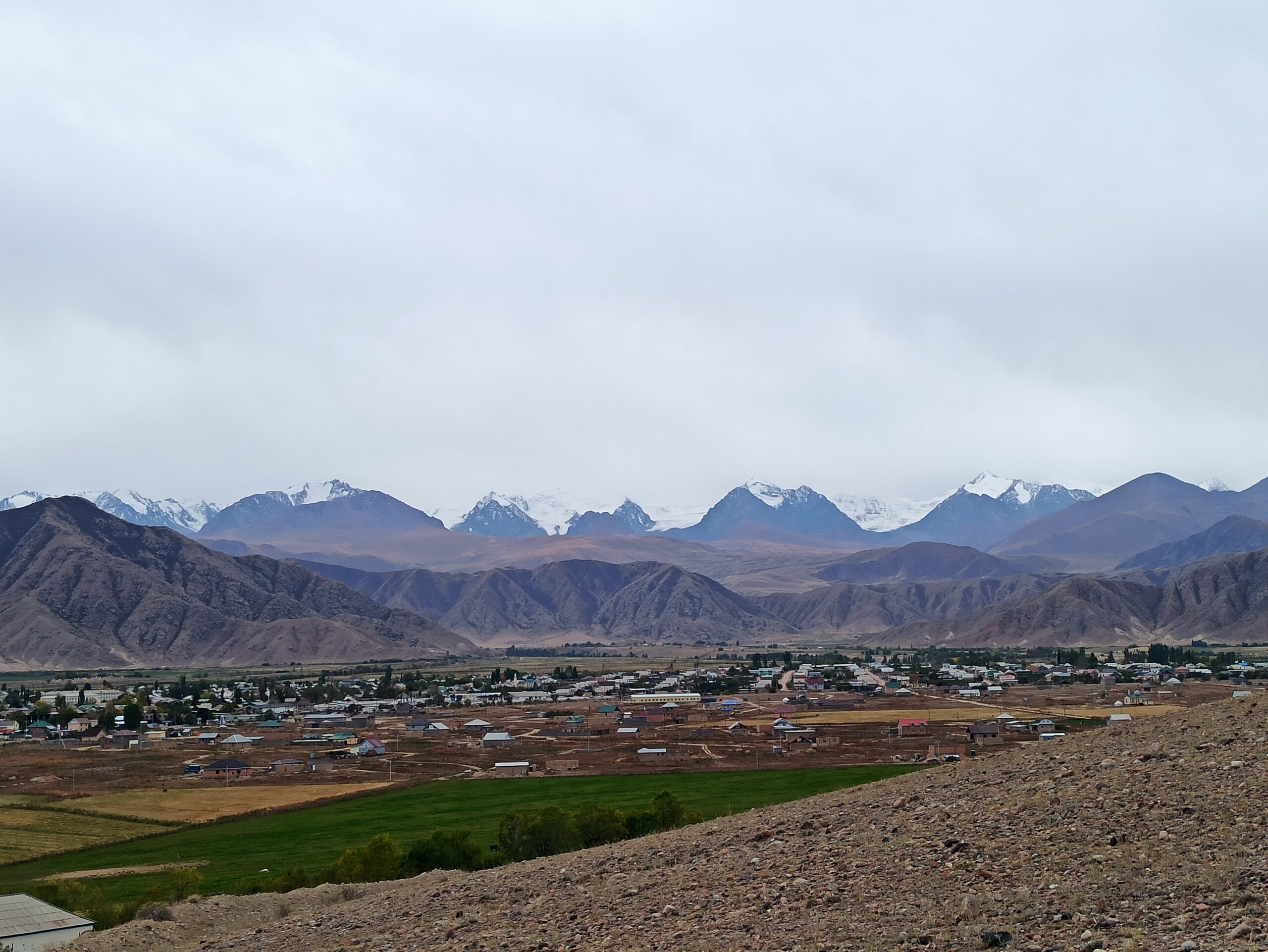
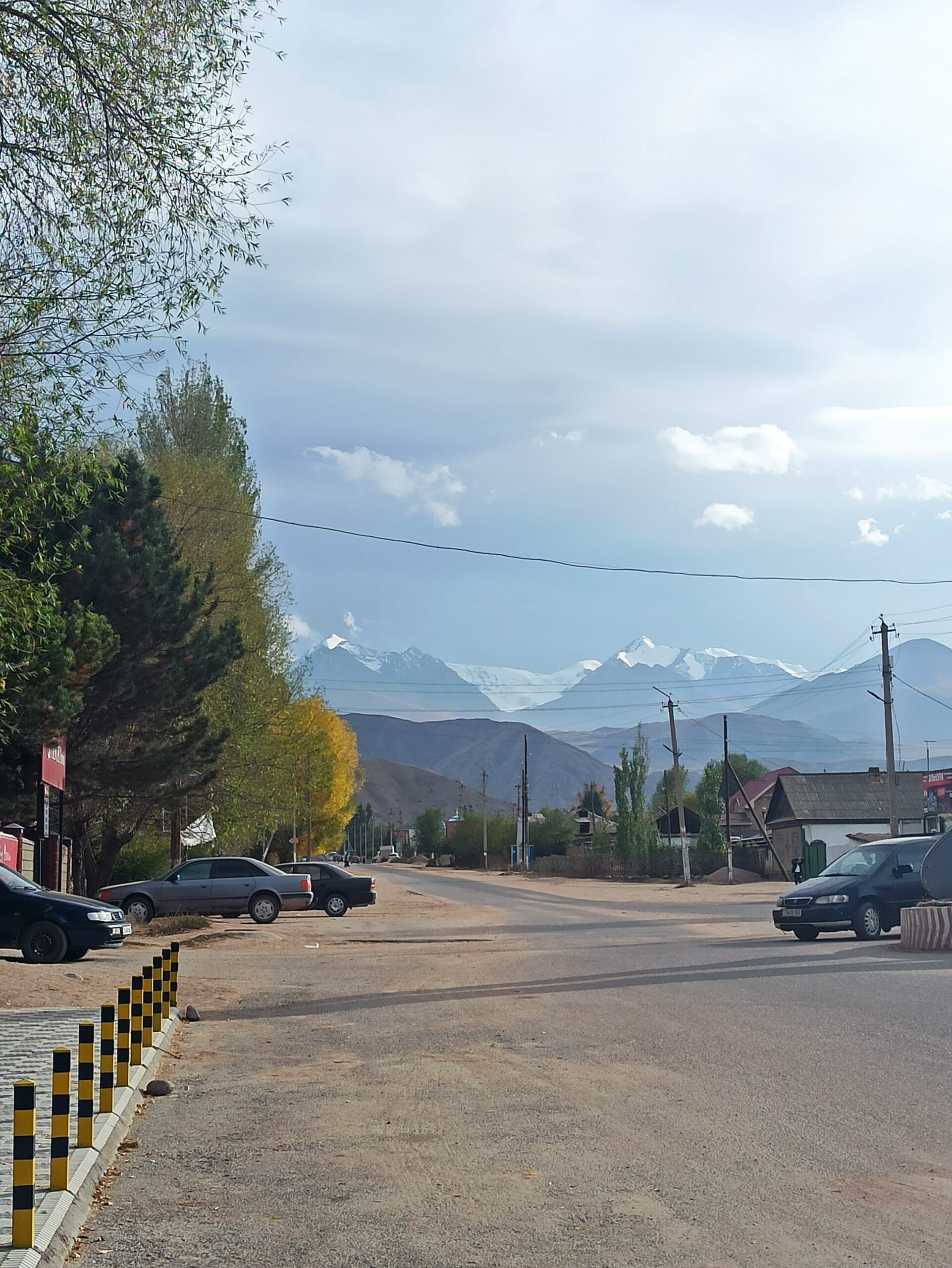

Why? Well, firstly because it was halfway to Bishkek anyway, and we cut our long bus trip in 2 shorter trips. And secondly, because there is another, typically Kyrgyz attraction that we hadn’t seen yet- eagle hunting.
Kyrgystan has a long standing tradition of eagle hunting. And apparently, Bokonbaevo is the host of an annual eagle-hunting festival and regarded as the place to go if you are interested in the craft. As it were, we werent there in time for the festival, but the guesthouse we were staying at did have connections tk an eagle hunter who offers “eagle shows” for tourists. Let me tell you how that went.
We booked the show through the histels and it cost us about 3500 Somon (44$). The hunter, dressed up in traditional garb, came to pick us up in the most dilapidated car I have ever seen- and having been in Central Asia for a month, I have seen very dilapidated cars. I’m pretty certain I’ve seen more broken windshields than intact ones.
Anyway, we got into the backseat of the small car and found ourselves mere centimeters away from the huge bird in the trunk. It was just sitting there, on the floor, hooded, but with no cage or any visible restraint, swaying slightly with the motion of the car and squalling shrilly. It was huge.
The hunter took us outside the city, driving about 10 minutes until we reached a plain, surrounded by a few hills. We got out, the driver put on his traditional hat and then he took out the eagle, explaining lots of different things to us regarding eagle hunting.
Apparently it’s a hunting practice dating back hundreds of years. About 100 years ago, almost every family had a hunting eagle, but nowadays only a few still do it. The craft is passed down from father to son. Our hunter had started falcon hunting when he was 8 years old. He explained to us that hunting eagles are captured as chicks in the wild. It’s a complex operation, usually 5 or 6 people are involved, some distracting the parents, while the others climb and grab one of the two chicks out of the nest. They only take the females, as they are larger than the males. The chick is trained for about 3-4 months for hunting. Either a fox pelt or a live rabbit is used.
Hunting season is in Winter; the hunter explained to us that he hunts foxes for their pelt, which is used in clothes, and jackals. The government pays a price for every jackal killed, as apparently there is a population problem. We asked if they could be used to hunt rabbits or other animals for food. He laughed and said yes, no problem, but then the eagle would not want to hunt foxes or jackals anymore, as they would put up a fight. He only uses his falcons to hunt rabbits, as they are too small for foxes and such anyway.
eagles, however, can even be used to hunt wolves. But the chance that the eagle actually wins that fight are not so good, about 50/50. Therefore he doesn’t risk his eagles that way.
We got to hold the eagle- it’s really big, and weighed about 4 kg, the hunter said. Her name was Tuluk, which means “clear”or ” transparent “.
The Huntee also demonstrated how the eagle hunts; his son got up a hill with the eagle, while he himself was waiting with a jackal pelt on a rope. On a signal he started running, dragging the pelt behind him and the son released the eagle, which soared after the pelt and grabbed it. It sat on it, squalling excitedly, until it got a piece of pigeon wing as a reward. He also showed us how he just calls it back to on his arm. His way of handling the eagle was possibly the most positive way I had seen anyone interact with an animal on our trip so far. He told us the eagles are kept by the hunters for 20 years, then they are released back into the wild. Since they are well trained and fit, apparently survival is not an issue.
All in all, it was a very interesting morning and I’m glad to have done it.
